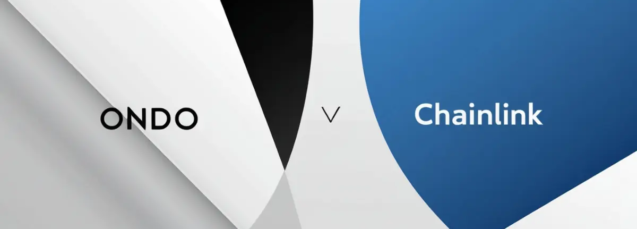x402 Best Partner: How Does ERC-8004 Solve the AI Agent Trust Problem?
Maybe you missed the x402 craze, but don't miss out on ERC-8004.
Maybe you missed the x402 craze, but don't miss ERC-8004.
Written by: Eli5DeFi
Translated by: Chopper, Foresight News
In the past few days, as the x402 narrative has heated up, attention on AI agents as a payment method has surged. But have you heard of ERC-8004? Maybe you missed the x402 boom, but don't miss this important protocol.
What is ERC-8004?
ERC-8004 is an Ethereum-based protocol designed to establish trust, identity, discoverability, and reputation systems for AI agents, serving as a supplement to the existing x402 agent payment infrastructure.
Simply put:
- x402 → Automates micropayments for AI tasks
- ERC-8004 → Provides on-chain identity and reputation tracking for AI agents
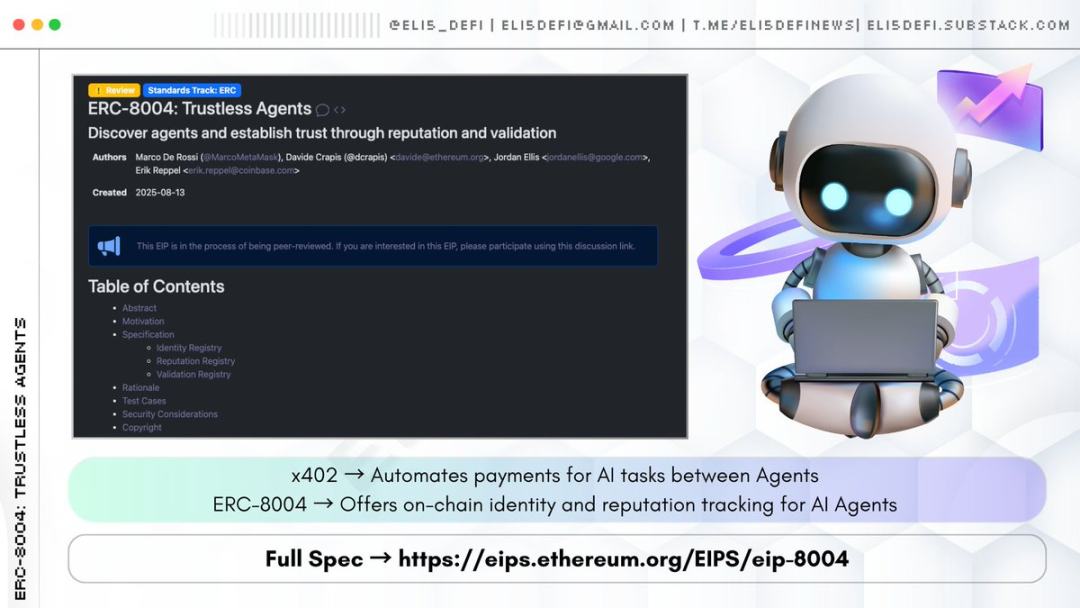
Why is ERC-8004 important?
ERC-8004 aims to create a distributed agent economy, helping AI development break free from centralized control.
It will build a "permissionless, decentralized, censorship-resistant, privacy-protecting" AI system, making Ethereum the underlying foundation for future AI agent collaboration.
Additionally, its importance is reflected in the following aspects:
- Establishes on-chain business registration and reputation systems for AI agents, providing tamper-proof public identities and historical records;
- Reuses existing Ethereum (L1/L2) infrastructure, eliminating the need to create new blockchains and avoiding reinventing the wheel;
- Lightweight architecture, using the blockchain only for visibility and data storage, with other functions deployed off-chain;
- Enables the sustainability of the AI economy, supporting composability and scalable applications across infrastructures.
Tory explained the broader significance of ERC-8004: "AI agents may cause harm, but with ERC-8004, the agent with the 'cleanest' public record will ultimately prevail."
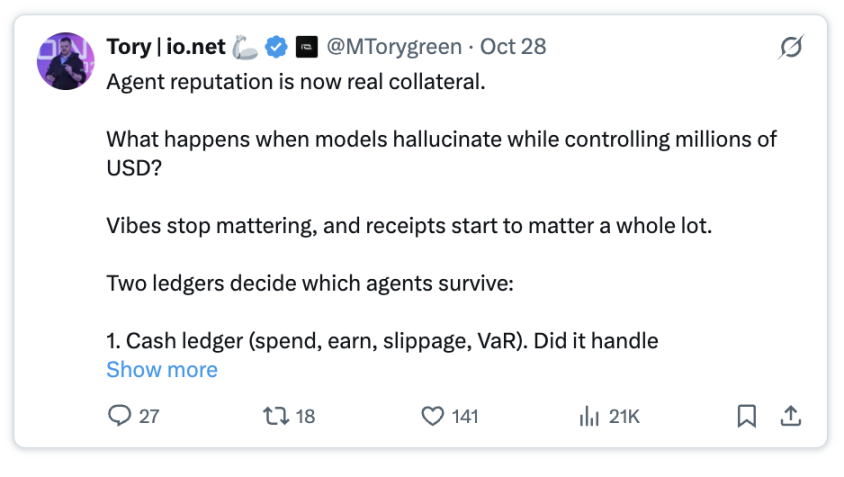
How does ERC-8004 work?
The ERC-8004 architecture is simple, with three core on-chain registries:
Identity Registry. Each AI agent receives an ERC-721 NFT as an identity credential, viewable in any NFT wallet and transferable. This NFT is linked to an "agent card" containing the name, functions, and endpoints, making it easy to quickly discover compatible agents.
Reputation Registry. Builds a decentralized feedback system where clients and agents can submit reviews based on x402 payment proofs, ensuring that only parties actually involved in transactions can comment, reducing fraud. All data is public and supports customizable rating systems.
Verification Registry. For important transactions, agents can request third-party verification—using trusted execution environment (TEE) oracles, staked inference, or zero-knowledge machine learning proofs—to provide cryptographic-level behavioral credentials, similar to professional qualifications.
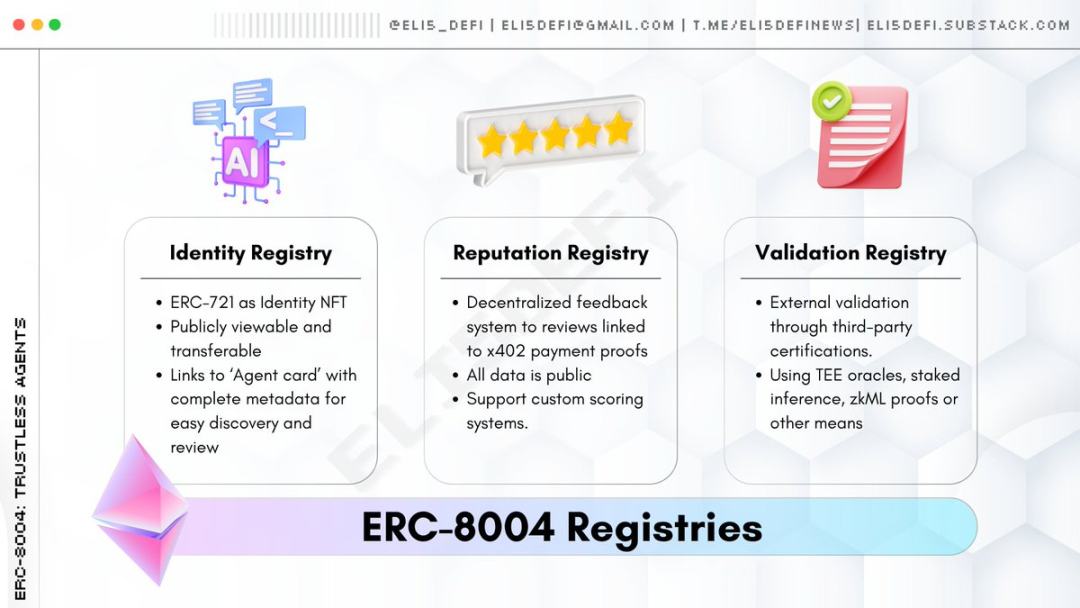
For example: suppose you have an AI agent that needs to obtain on-chain analytics data from other AI agents to rebalance an investment portfolio.
With x402, your agent can easily deposit $100 to request the service, but before payment execution, x402 cannot verify whether the service-providing agent is trustworthy; ERC-8004 ensures transaction security through the following steps:
- The identity registry allows your AI agent to verify the analyst's NFT identity and service scope;
- The reputation registry provides positive review records and completion rate proofs tied to previous x402 payments;
- The verification registry ensures that a third-party verifier has certified the quality of the report.
Once the verification record is on-chain, the escrowed funds are automatically released, and a reputation review is added. This process creates "trustworthy autonomous transactions" that x402 alone cannot achieve.
x402 and ERC-8004 Ecosystem
I have previously analyzed the x402 ecosystem in detail. The ERC-8004 infrastructure extends across multiple layers, some of which are listed below:
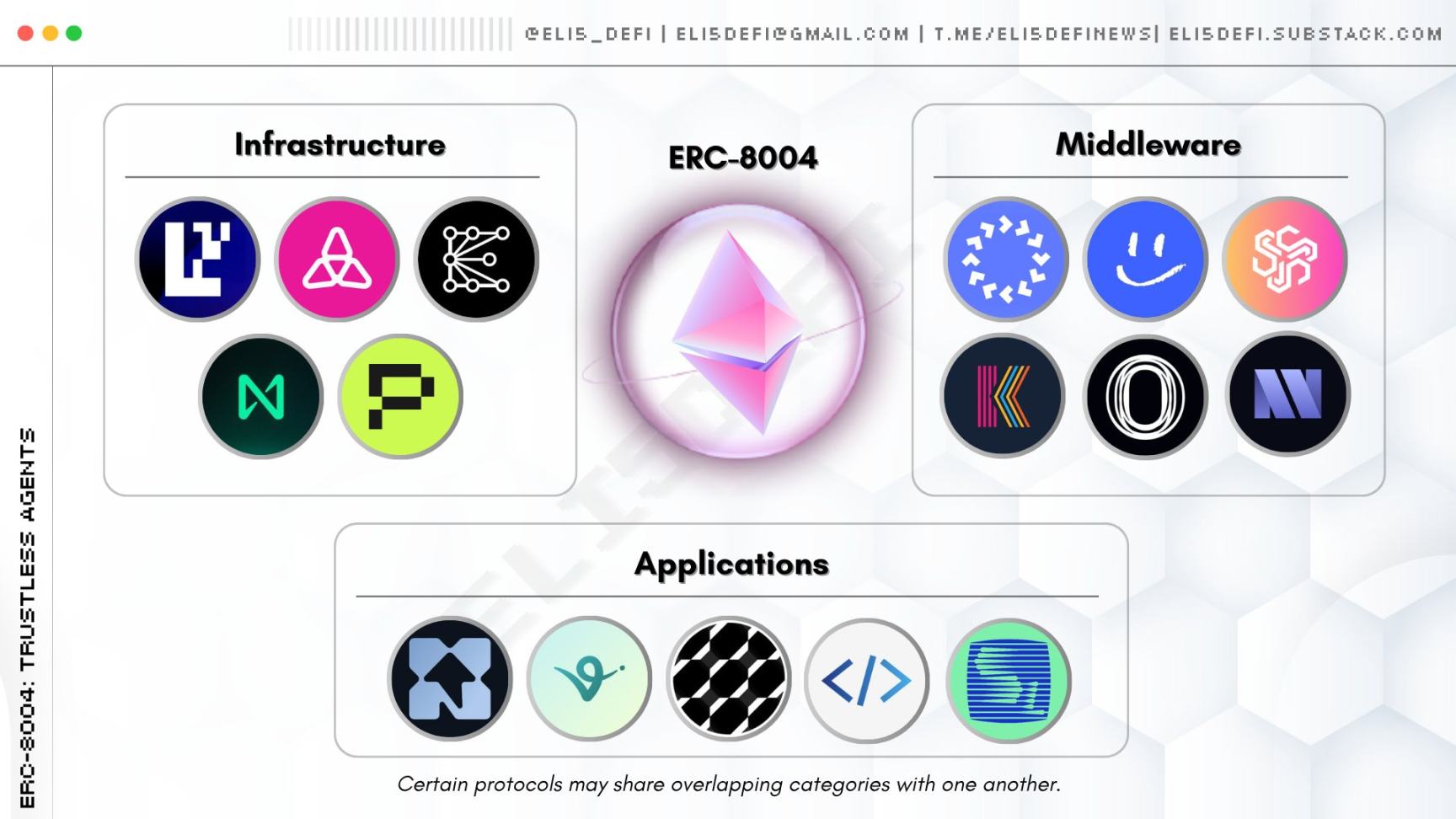
- Infrastructure: EigenCloud, Taiko, Eternal AI, NEAR, Phala Network
- Middleware: OpenServ, Unibase, S.A.N.T.A, Kinic AI, ChaosChain, NovaNet
- Application Layer: Zyfai, Virtuals Protocol, Praxis, Cortensor, Semantic Layer
ERC-8004 is more than just finance
The financial sector is only the first step for "trustless agents"; ERC-8004's application scenarios go far beyond financial transactions.
Creator Agents
Services include: copywriting, social media management, community operations, translation, image creation, with selection criteria based on reputation and client reviews.
Trading Agents
Supports decentralized on-chain delegation, enabling DeFi portfolio rebalancing and yield optimization. Staked verifiers audit transaction results, and errors are compensated through slashing mechanisms.
Analyst Agents
Provides market analysis, data scraping, labeling, and customer relationship management optimization. With TEE technology, it can compute on private data from multiple institutions without exposing original identifiers.
Gaming Agents
Creates cross-game non-player characters with persistent character settings and skills. Game invitations and character appearances are allocated based on reputation proofs.
Doctor Agents
Summarizes electronic health record data, checks clinical guidelines, and drafts medical records. TEE technology securely integrates lab data, imaging, and pharmacy information, providing verifiable execution proofs for audits.
Personal Avatars
Uses privacy-preserving AI memory to encrypt and store personal data in the cloud. With TEE technology, it enables personalized services similar to centralized AI while ensuring privacy and security.
Insurance Agents
Automates underwriting and claims processes using large language models. Staked verifiers verify decisions and evidence, and erroneous decisions result in slashed funds being returned to users.
Schedule Planning Agents
Handles flight, hotel, and restaurant bookings and route optimization. Service providers are selected based on reputation to ensure cost-effectiveness.
Lab Agents
Coordinates experimental processes through hardware security mechanisms, signs data output results, analyzes in TEE environments, and returns verifiable, auditable results.
Summary
ERC-8004 was jointly proposed by Davide Crapis from Ethereum Foundation, Marco De Rossi from MetaMask, Jordan Ellis from Google, and erik.eth from Coinbase (who is also the founder of x402), serving as an important supplement to the x402 protocol.
The combination of x402 and ERC-8004 demonstrates that technological advances can effectively integrate payment systems with embedded on-chain verifiable trust, solving real-world problems. Although some believe that x402 and ERC-8004 are just part of the broader crypto and AI integration narrative, they have indeed unlocked practical payment mechanisms between agents, laying the foundation for large-scale applications.
Disclaimer: The content of this article solely reflects the author's opinion and does not represent the platform in any capacity. This article is not intended to serve as a reference for making investment decisions.
You may also like
Mastercard Nears $2B Zerohash Deal to Boost Stablecoin Infrastructure
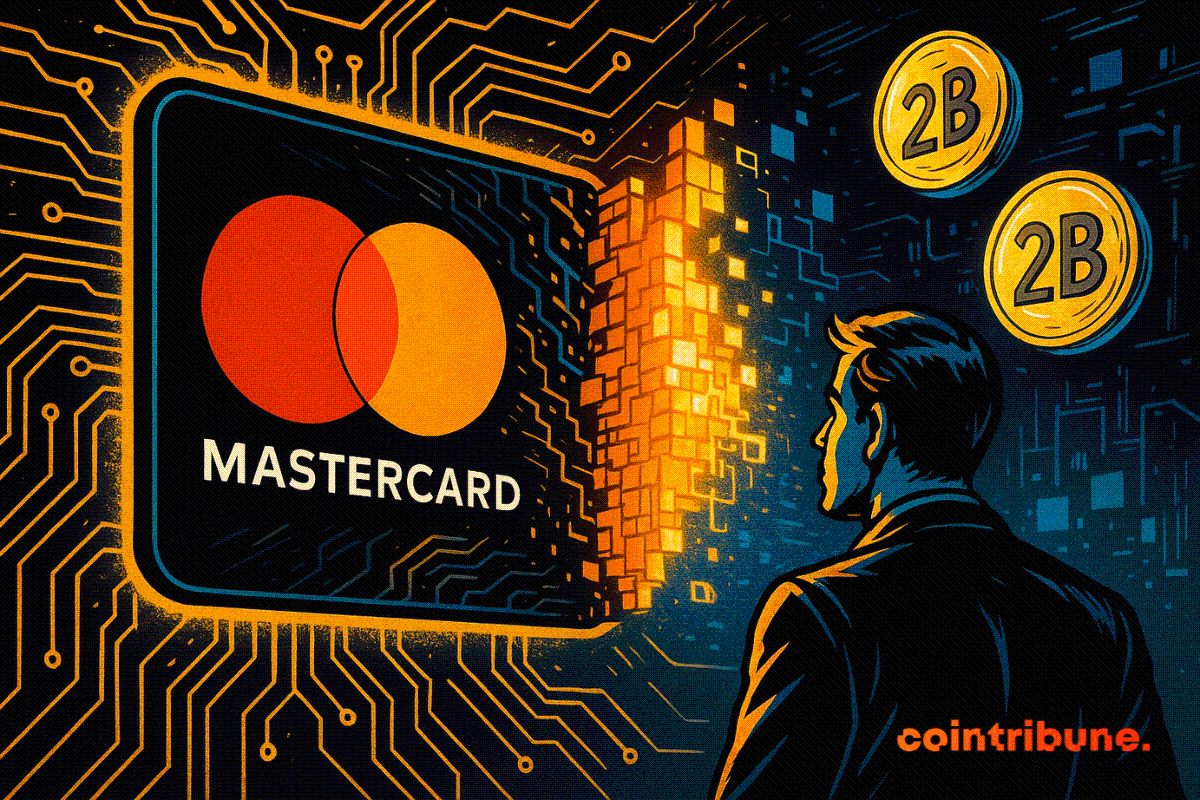
Four Stablecoins, Four Blockchains: Visa’s Big Step in Digital Payments

Is Virtuals Protocol (VIRTUAL) Poised for a Bullish Rally? This Emerging Fractal Setup Saying Yes!

Ondo Finance Partners with Chainlink to Strengthen Onchain Institutional Finance
